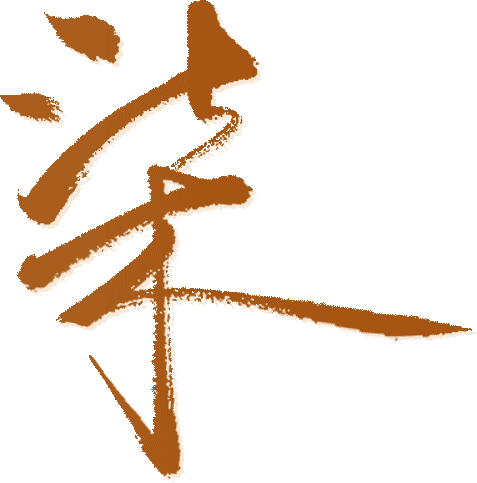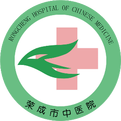
Fire Needle

1.What is Fire Needle?
Fire needle is a treatment method in acupuncture. It was first mentioned in the “Essential Prescriptions Worth a Thousand Gold” and is also known as burning needle. In ancient times, the needle tip was heated red using a lamp with sesame oil before being inserted. Nowadays, specialized fire needle instruments are used. Historically, needles were made of copper or iron, while modern needles are often made of stainless steel, tungsten, or molybdenum in various thicknesses, equipped with bone or bamboo handles to prevent burns. These specialized needles are referred to as fire needles. During treatment, the needle is heated until red, then quickly inserted into the acupuncture point to a certain depth before being withdrawn without leaving the needle in place. Sometimes, multiple quick insertions may be performed at the acupuncture point and its surroundings to enhance the therapeutic effect.
2.What diseases can Fire Needle treat?
Fire needle is commonly used to treatmuscle and tendoninjuries, pain, spasms, hemiplegia, and facial paralysis, among other conditions. This includes diseases of the musculoskeletal, nervous, circulatory, digestive, and urogenital systems, primarily focusing on movement disorders and pain. Later practitioners believed that fire needle has the effects of removing necrotic tissue, draining pus, and stopping bleeding, thus it has been widely applied in dermatological surgery to treat abscesses, boils, fistulas, warts, moles, and other conditions..
3.Fire Needle Operation
1.Selection and Marking of Acupuncture PointsThe selection of acupuncture points for fire needle follows the same basic principles as for regular needles, based on the differentiation of symptoms. After determining the acupuncture points, the patient is positioned appropriately, the points are located, and then disinfected with 75% alcohol, followed by marking with gentian violet for accurate insertion.2.Needle SelectionGenerally, fire needles are made of thicker stainless steel, such as round needles or 24 gauge, 2 inches long stainless steel needles.3.Heating the NeedleHeating the needle is a critical step in fire needle therapy. The “Collection of Acupuncture Essentials: Fire Needle Chapter” states, “The needle must be heated until it is bright red to be effective. If it is not red, it may harm the patient and fail to treat the disease.” Therefore, the needle must be heated to a bright red before use.4.Inserting the NeedleAfter heating the needle, the practitioner uses wrist strength to quickly insert the needle vertically into the acupuncture point and withdraws it swiftly. If the action is slow, the needle cools down, making it difficult to withdraw and causing unnecessary pain to the patient.5.Needle Insertion DepthThe depth of needle insertion for fire needle should be determined based on the condition, constitution, age, season, and the thickness of the muscle and depth of blood vessels at the insertion site. In principle, the depth for lumbar and abdominal points and limb points can be 2-5 fen; for chest and back points, it can be 1-3 fen; for obese patients, deeper insertion is appropriate, while thinner patients should have shallower insertions; elderly and weak patients should have shallower insertions, while younger and stronger patients can have deeper insertions; shallow insertions are preferred in spring and summer, while deeper insertions are preferred in autumn and winter. If inserting into a fistula, the depth of the fire needle should match the length of the fistula.6.Interval and Treatment CourseDepending on the condition, fire needle treatment is performed every 3-7 days, generally 4-8 times per course, with a two-week break in between. Continuous treatment for 2-3 courses is also possible, and for acute conditions, fire needle can be applied every other day, not exceeding 3 times consecutively.7.Point MoxibustionFor patients with chronic or severe conditions, point moxibustion can be used. A flat-topped fire needle is selected, heated, and then vertically applied to the acupuncture point. Depending on the condition, three techniques—floating, medium, and deep—can be employed. For treating warts or moles, direct moxibustion can be applied to the surface using the deep technique to reach the root of the wart or mole.
4.Precautions for Fire Needle Therapy
1.Use of fire needle on the face should be approached with caution. Some patients may develop small scars after treatment, so except for cosmetic treatments, fire needle should generally be avoided on the faces of young people or those prone to scarring.2.During summer or in hot and humid environments, fire needle should be used cautiously on the feet. The “Collection of Acupuncture Essentials: Fire Needle Chapter” states, “In summer, when blood flow is abundant, avoid using fire needle on the feet, as it may lead to abscesses and pain that are difficult to alleviate.”3.Fire needle should be used cautiously on critically ill patients and pregnant women.4.During fire needle treatment, avoid blood vessels, nerves, tendons, and important organ areas.5.Safety should be prioritized to prevent unnecessary burns or damage to clothing.6.Patients who are overly tense, fatigued, hungry, intoxicated, or extremely angry should not undergo fire needle therapy. Patients with weak constitutions should lie down during treatment.7.During fire needle treatment, sexual activity should be avoided, and consumption of raw or cold foods should be prohibited. Bathing should be avoided for three days post-treatment, and patients should not scratch the acupuncture points to prevent infection.8.After fire needle treatment, the skin at the acupuncture point may appear slightly red, hot, mildly swollen, or itchy, which is normal and will resolve on its own within a week. If pus points appear at the red swollen area, there is no need to panic, as this is similar to the effects of moxibustion; just keep the area clean to prevent infection.9.If a blood vessel is punctured, causing continuous bleeding, apply pressure with a sterile cotton ball to stop the bleeding. During treatment, be cautious as points like Yanglingquan, Yinlingquan, Zusanli, Xuehai, and Sanyinjiao are prone to bleeding.

Supervised by: Sun Yi
Reviewed by: Wang Jinling
Edited by: Zang Long
Recorded by: Zang Long


